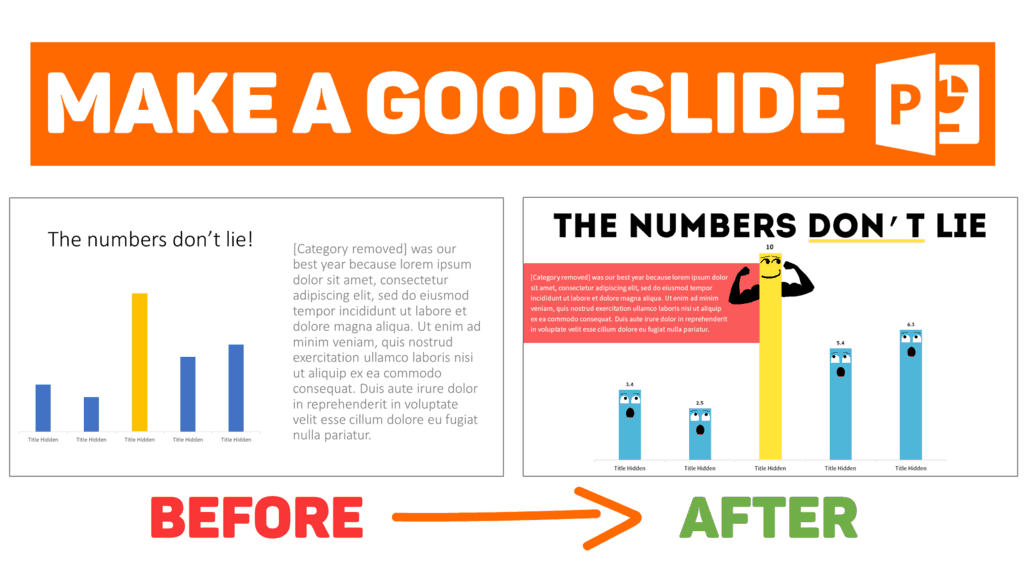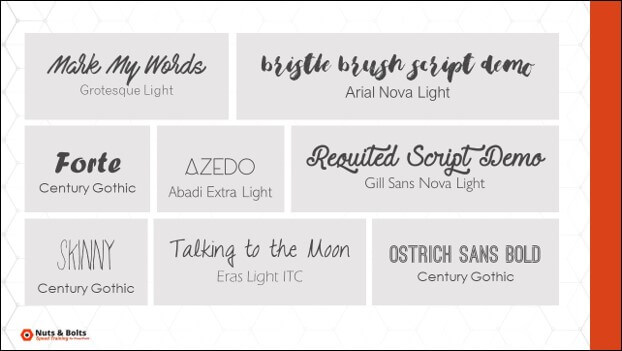

Getting Started? This e-learning 101 series and the free e-books will help. Lots of cool e-learning examples to check out Get your free PowerPoint templates and free graphics & stock images. Participate in the weekly e-learning challenges to sharpen your skills Here’s a great job board for e-learning, instructional design, and training jobs Want to learn more? Check out these articles and free resources in the community.
Best fonts for powerpoint tutorial how to#
Take some time to learn how to pair fonts and then make a list of font pairs so that you’re ready for the next course. Use the wrong one and things won’t look right. Use the right font type and your course is refined. When you find a font pair you like, make note of it so the next time you’ll spend less time trying to match pairs.Īnother option is to practice pairing fonts with this typographic dating game. And then assign different font types to see what they look like. Pikwizard High-quality images that cover a range of topics and subjects, including business meetings, presentations, and more. To practice pairing fonts, build a simple PowerPoint slide. Morguefile High-quality photos that look more like traditional stock photos (a tiny bit cheesy), but may be easier to match with a corporate deck’s content. Unless you’re the one building the Frankencourses. You may not be a trained fontologist but you probably can tell when something looks right or wrong. Bonus Rule: If You’re Not Sure, Go with What Looks Right If that’s the case, then stick with a single font and use the bold and italics to make it a little different. Usually people select similar fonts because they want one that’s specifically a certain size, bold, or italicized. However, if you select fonts that look too much alike, then you introduce a discordant look. By selecting contrasting fonts, you can play off of the differences. The last rule is to avoid pairing fonts that look the same or very similar. If you look through the fonts on your system, odds are that you’ll find a few families already. The benefit of the same font family is that they’re designed to work together. And those families tend to have enough diversity and variety to make appropriate parings. When using informal or script-like fonts, those typically work better as heading fonts rather than body text because they’re not as easy to read. Changing size or color is another way to create contrast. However there are other ways the fonts can contrast such as style or form. Rule #1: Select contrasting fonts.Īs a simple rule of thumb, I look for fonts that contrast by weight or serif with san serif. In today’s post we’ll review some simple rules when selecting and pairing fonts.

The style guide helps with consistency, but it doesn’t dictate which font styles to select. In a previous post, we explored how to create a style guide for your online course design. Are the fonts you select for your elearning courses equivalent to your older uncle’s leisure suit? Sure, it’s clothing.


 0 kommentar(er)
0 kommentar(er)
